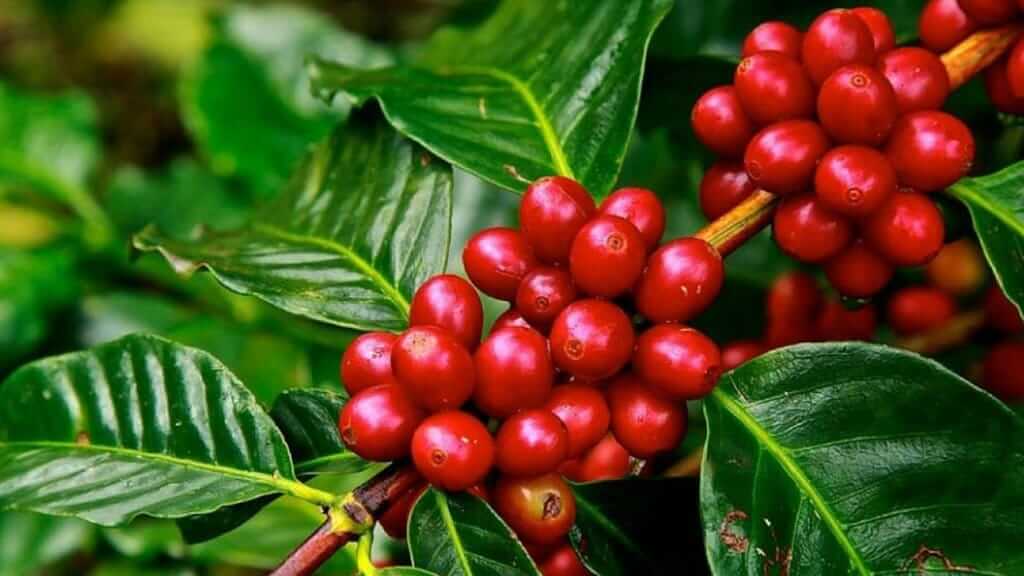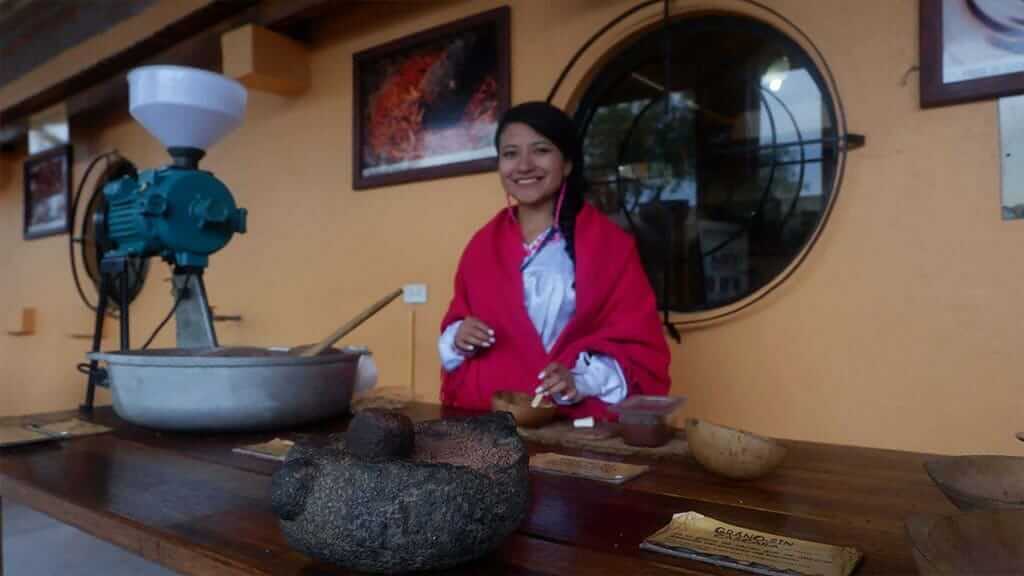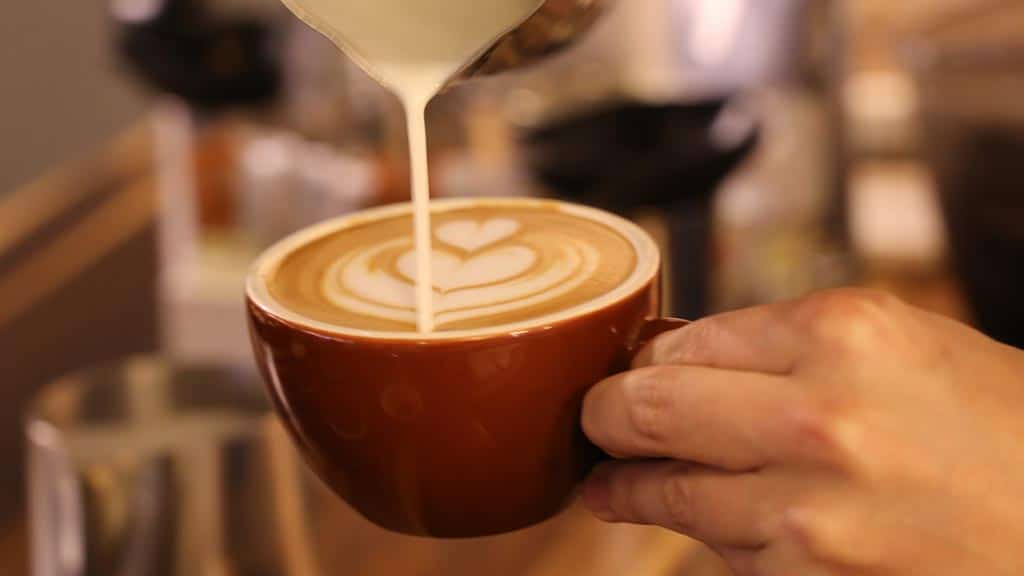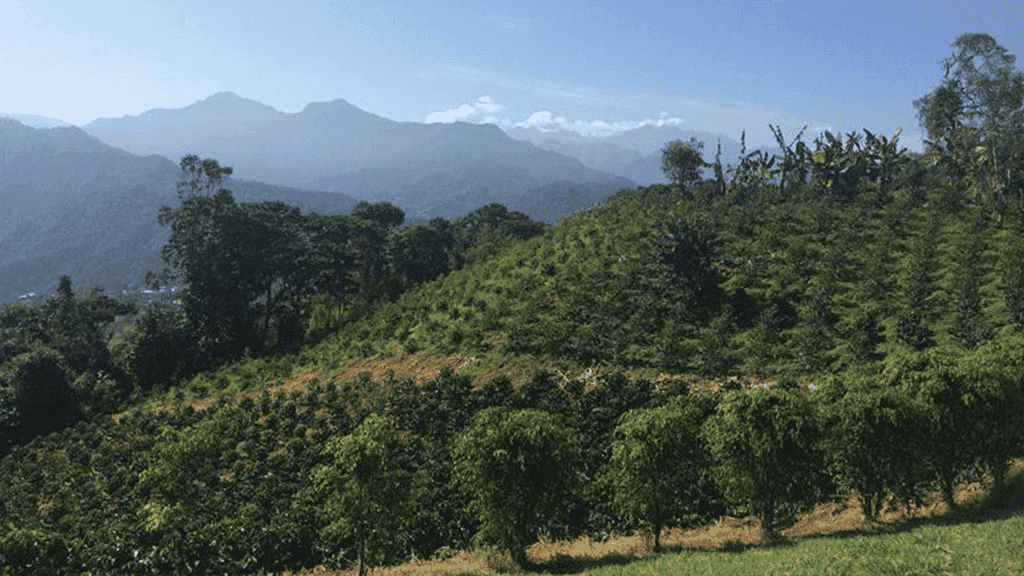A Guide About Ecuador Coffee
Does Ecuador have good coffee? Absolutely! In fact, more and more leading coffee experts are heaping praise upon Ecuador’s specialty arabica coffee. Locals, too, are in on the action, as more high-quality Ecuadorian coffee hits the market, and trendy barista cafés open their doors.
While historically Ecuadorian coffee has been produced for mass consumption or exportation, today we are seeing a growing trend for small, family-run coffee farms and organic plantations. With the focus increasingly on quality over quantity, this can only be good news for Ecuadorian coffee lovers!
Keep reading for everything you need to know about Ecuadorian coffee, from historic origins to contemporary trends. Of course, we’ll also cover the most important question at hand - where to find the best cup of Joe in Quito city?
SECURE YOUR ECUADOR TRAVEL
Get a FREE personalised quote todayEcuadorian Coffee – A Brief History
Since the 1860s, Ecuadorian coffee has been grown in the Manabi province on the coastal lowlands. Ecuador was in the right place at the right time to profit from the coffee boom, when as many as 2 million sacks per year were exported little by little from Manta port to the European market. This coincided with the cocoa boom, which transformed many coastal landowners into millionaires.
Sadly, the boom times could not last. Coffee prices plummeted during the global coffee crisis of the 1980s and 90s, when competitors like Vietnam flooded the market with an oversupply of cheap, lower-quality robusta coffee. What was once such an important export product for Ecuador went into a long period of decline, as land owners rotated into more profitable agricultural crops.
Fortunately, today we are witnessing something of a rebirth for Ecuadorian-grown coffee. So what has changed? Contemporary coffee consumer trends are developing, bringing high-quality, complex flavors back to the fore. Coffee drinkers are seeking out new and unique coffee experiences from around the world – coffee with an authentic story to tell.
That’s exactly what Ecuador is bringing to the table.
Where does Ecuador's best Coffee grow?
The country’s generous equatorial climate makes all year-round harvest possible, with both Arabica and Robusta coffee beans grown from sea level up to altitudes of 2000 meters.
Ecuador is a wonderfully biodiverse country, boasting many different ecosystems and microclimates suited to coffee cultivation. The combination of regular rainfall, rich volcanic soils, gentle shade, and pure water sources is found across much of the country. The most common coffee varieties cultivated are Bourbon, Typica, Caturra, and Sidra
The best Ecuadorian coffee tends to grow in the following regions:
1. Lowland Coastal region: Manabi, Guayas, and El Oro provinces produce more than half of Ecuador’s total coffee output.
2. Northern highlands: Pichincha, Imbabura, and Carchi provinces. The Intag Valley in particular is recognised for excellent Arabica coffee with a balance of acidity, sweetness, and bitterness.
3. Southern highlands: Loja, Azuay, and Zamora Chinchipe provinces arguably produce Ecuador’s finest specialty altitude coffee. Loja is famous for Arabica coffee with defined acidity, medium sweetness, and a delicate aroma.
4. Rainforest: Napo & Orellana provinces. The Amazon region produces mostly Robusta coffee used to process instant coffee.
5. Galapagos Coffee: The fertile volcanic soils on Santa Cruz and San Cristobal islands produce a well-balanced and less acidic coffee that is popular with Galapagos tourists, and has even hit Starbucks stores.
Ecuador coffee has a great range of flavors and aromas. If you detect fruity notes or delicate hints of flowers or chocolate in Ecuador’s coffee, then it’s no accident. Ecuador is also famous for producing cacao, bananas, mangoes, citrus fruit, sugarcane, avocados (from which they produce Avocado oil), rice, and a dizzying variety of tropical fruits. Coffee beans are often planted alongside these other crops for shade, which creates interesting flavor crossovers.
GET FREE ADVICE
From an Ecuador destination expert todayContemporary Ecuadorian Coffee Trends
An emerging middle class in Ecuador has led to changing tastes and consumer habits. Rather than drinking the cheapest available coffee by default, increasing numbers of locals are seeking out more intense flavors served by baristas in cafes with a more engaging ambiance. The same can be said for Ecuador's craft beer and chocolate, with Ecuadorians willing to pay more for a higher-quality product. Ecuador is in the midst of a flavor revolution.
As demand for quality Ecuadorian coffee grows, so too are agricultural and production processes adapting and developing. More and more coffee excellence micro lots are being offered in the Ecuadorian market, so coffee shops and bar staff in Ecuador can improve the quality of the raw materials they receive, and create better experiences for locals and tourists to enjoy.
The focus is very much on small-scale family farms rather than mass production. Today, around 100,000 families are involved in the coffee production process, typically farming just 1 to 10 hectares each. To be able to charge prime prices requires a high-quality product, so these families are learning to use finer processing techniques, such as organic methods for insecticides and pesticides during growth.
Coffee processing techniques have also come a long way since the early days. The bulk of Ecuador’s coffee beans used to be exported for roasting and processing overseas, but that is no longer the case. A renewed sense of national pride in Ecuadorian coffee has led to investment and education in production techniques, so today the whole process from harvest to cup can happen in Ecuador.
While it is still early days for Ecuador’s coffee re-birth, the signs are promising. Production levels are increasing, and quality has grown to the extent that the winning Ecuador coffee at Taza Dorada in 2018 was auctioned at $29 a pound, becoming the highest price ever paid for a locally grown coffee. But in our opinion, the best news is that now some of Ecuador’s coffee stays in the country for local consumption, which, of course, is a plus for Ecuadorians and foreign visitors alike.
Where To Find The Best Coffee Shops In Quito
In Quito, there is a whole new wave of coffee shops providing delicious cups of coffee and latte art with talented baristas. Among them, we can specifically recommend a few:
La Traviesa (Manuela Sáenz, Cumbaya, by the Cumbaya Reservoir) is a specialty coffee shop that is committed to delighting its customers with a sensorial vision. Different elements are combined to accomplish this: great food that goes well with the coffee options, cheerful and professional staff, and, of course, plenty of coffee varieties to enjoy with different brewing methods.
Stratto Bodega de Cafe (Vizcaya y E13-18, in the trendy La Floresta neighborhood) makes you feel at home. This hidden spot uses organic and local producers to create its 100% Ecuadorian menu. You will discover delicious gourmet beverages, using different methods. The ambiance is perfect for you to go with friends or relax with a book.
Coffee Factory (Eloy Alfaro y, Av. Mariana de Jesús, in Gaia Building) serves high-quality coffee from Finca Vista Hermosa in Nanegalito. Their location close to Quito's La Carolina Park makes them very accessible for tourists who want to sample a superior coffee here. There's even a Quito Metro Station right across the street.
How about visiting an Ecuador coffee plantation?
Great idea!
Our favorite choice is Finca Soledad in the Intag Valley. I love meeting people with unique stories to tell. Pepe Jijon is right up there, his story's a cracker!
Pepe is the first Ecuadorian to climb the highest peak on each continent, and has travelled widely to 120+ countries. For most of us, that would be more than enough of a life, but Pepe is not one to sit back and settle.
After a random accident and a serious wrist break led to his retirement from mountaineering, Pepe took a step into the unknown and bought a small coffee finca. What followed was a decade of trial and error in Pepe's passion to produce the perfect cup of Joe.
With just 5 hectares of coffee plants, it's a project of quality over quantity. Pepe & his team do it all for the love of coffee over financial goals. Incredibly, this led his small finca to winning first prize in the prestigious Sprudgie World Coffee Awards. They also score a big win in employee welfare and reforestation efforts.
What comes next? Finca La Soledad is the first in Ecuador to plant the Panama Geisha coffee variety. I, for one, am looking forward to the next chapter in Pepe's remarkable story.
How to visit La Soledad? Intimate small group tours visit the plantation and drying and toasting facilities, before finishing up with a tasting session. It's best to book in advance, and most likely you'll need to stay a night or two in the Intag valley as part of the trip, allowing time to visit waterfalls and hot springs in the area too.
Another top choice is Finca Frajares, located just past Nanegelito off the main road (km60) to San Miguel de Los Bancos. This is right on a popular bus route, so it's easy to get to even without your own transport. The plantation covers 5 hectares and includes a wonderful cafe platform to sip coffee while enjoying enviable views of the cloud forest.
Owner Francisco Restrepo is certainly passionate about a good brew and offers excellent tours (in Spanish) of his plantation, as well as tasting sessions. Not only is Francisco very knowledgeable about all things coffee-related, but he's also happy to share barista tips on how to create the perfect cup of joe. Cafe Frajares is a recommended visit if you find yourself in this area of Ecuador.
Don’t lose your chance to visit these coffee shops and discover in every sip a different side of Ecuador. Each region will captivate your palate and give you a new and surprising coffee experience.
For information about visiting Quito and Ecuador - where to go, what to do and see, and how we can help to make your time off an adventure, contact a member of our team.
In Conclusion, Ecuadorian coffee is once again making a name for itself on the global stage.
Not only should we celebrate the high-quality specialty Ecuador coffee flavors, but also the story of how sustainably grown coffee is helping small families to make a better living.
So, coffee lovers, find the time to explore the flavors from Ecuador’s different regions, and take some home with you to help spread the word.
Ecuador’s best-kept secret is out – Viva la revolución cafetera!
The #1 Trusted
Ecuador Travel Agency
This post was originally written by Karlha Echeverría Santos, founder of Succa. Karlha studied hospitality management and gastronomy in Buenos Aires, Argentina in UADE and IAG. She specialises in communication and food journalism in Madrid at the Foodie Studies. Karlha worked in and out of Ecuador managing restaurants and coffee shops. Currently, she is a creative writer for Revista Chiú (revistachiu.com) digital magazine about culture and ecuadorian gastronomy.
Photo credits: Chiú Diario, David P.







